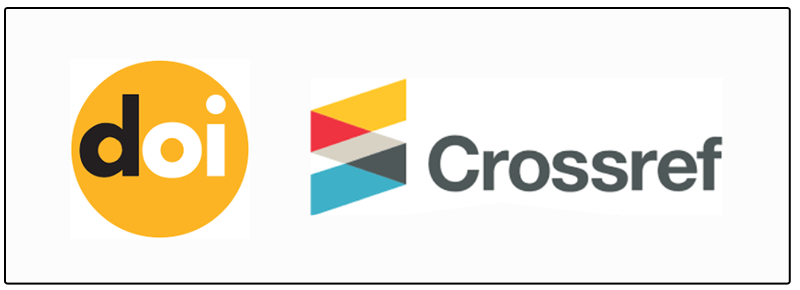Pengendalian Kualitas Pada Corrugated Concrete Sheet Pile Dengan Metode Six Sigma
Quality Control On Corrugated Concrete Sheet Pile With The Six Sigma Method
DOI:
https://doi.org/10.36277/transukma.v3i2.76Keywords:
Pengendalian Kualitas, Metode Six Sigma, Wawancara, Quality Control, Six Sigma Method, InterviewAbstract
Persaingan di dunia usaha yang semakin ketat mendorong perusahaan untuk lebih mengembangkan pemikiran-pemikiran untuk memperoleh cara efektif dan efisien dalam mencapai sasaran dan tujuan yang telah ditetapkan. Proyek Epci Sheetpile merupakan salah satu yang melakukan proses pengiriman produk CCSP berusaha untuk terus meningkatkan kualitas dengan menekan angka produk cacat. Six Sigma adalah suatu visi peningkatan kualitas menuju target zero defect. jadi six sigma merupakan suatu metode atau teknik pengendalian dan peningkatan kualitas dramatic yang merupakan terobosan baru dalam bidang manajemen kualitas. Dengan menggunakan metode six sigma dapat mengetahui kualitas produk yang dihasilkan. pada penelitian ini nilai sigma yang didapat 2,83. implementasi peningkatan kualitas dari hasil grafik pareto didapatkan beberapa jenis produk cacat diantaranya cacat sompel sebanyak 90,8%, sompel dan Retak (Crack) sebanyak 8,2%, Retak (crack) sebanyak 0,63% dan produk yang ditolak (reject) sebanyak 0,35%. Faktor-Faktor penyebab kerusakan paling potensial adalah faktor manusia, faktor metode pelaksanaan dan faktor Lingkungan. Berdasarkan hasil wawancara dengan PT. PIP, hal yang dapat dilakukan untuk menekan tingkat kerusakan pada produk CCSP dengan memperbaiki bentuk packing produk tersebut.
Â
Competition in the world of business is increasingly strict to encourage companies to further develop the thought to acquire how effective and efficient in achieving the goals and objectives that have been set. Project EPCI Sheetpile is one of the process delivery of product the CCSP to continuously improve the quality and reduce the number of defective products. Six Sigma is a vision of quality improvement towards the target of zero defect. so six sigma is a method or technique of controlling and improving the quality of the dramatic which is a new breakthrough in the field of quality management. By using the sigma method can determine the quality of the products produced. In this study the value of sigma obtained 2.83. the implementation of quality improvement from the results of the pareto chart obtained several types of product defects include: sompel 90.8%, sompel and crack 8.2%, Crack 9.63%, and rejected 0.35%. the factors that cause the most damage potential is the human factor, method of implementation factor and environmental factors. Based on the results of interviews with PT. PIP things that can be done to reduce the level of damage to the products CCSP with the correct from of packing the product.
References
Safrizal & Muhazir. 2016. Pengendalian Kualitas Dengan Metode Six Sigma. Jurnal Manajemen Keuangan vol 5 no 2 tahun 2016. November 2016.
Firman ardiansyah. 2014. Pengendalian Cacat Produk Dengan Pendekatan Six Sigma, Jurnal Dinamika Teknik Vol 8 no 1, Januari 2014.
Fikry Hamidy. 2016. Pendekatan Analisis Fishbone, Jurnal Tekno Info vol 10 no 1 tahun 2016
Muhammad syarif hidayatullah. 2017 Analisis Pengendalian Kualitas. Jurnal Penelitian Ekonomi Wiga vol 7 Maret 2017 Pengendalian Kualitas untuk meminimasi produk cacat, Jurnal JaTI UNDIP vol ix, No 3, September 2014
M. Iqbal Hasan. Pokok-Pokok Materi Statistic 2 (Statistic Inferensif), edisi kedua.
Thomas L. Saaty. 1993. Pengambilan Keputusan, seri manajemen no. 134. Dewi, S. K. 2012, Minimasi Defect Produk dengan Konsep Six Sigma. Jurnal Teknik Industri. Vol. 13, No. 1, Pp. 43-50.










